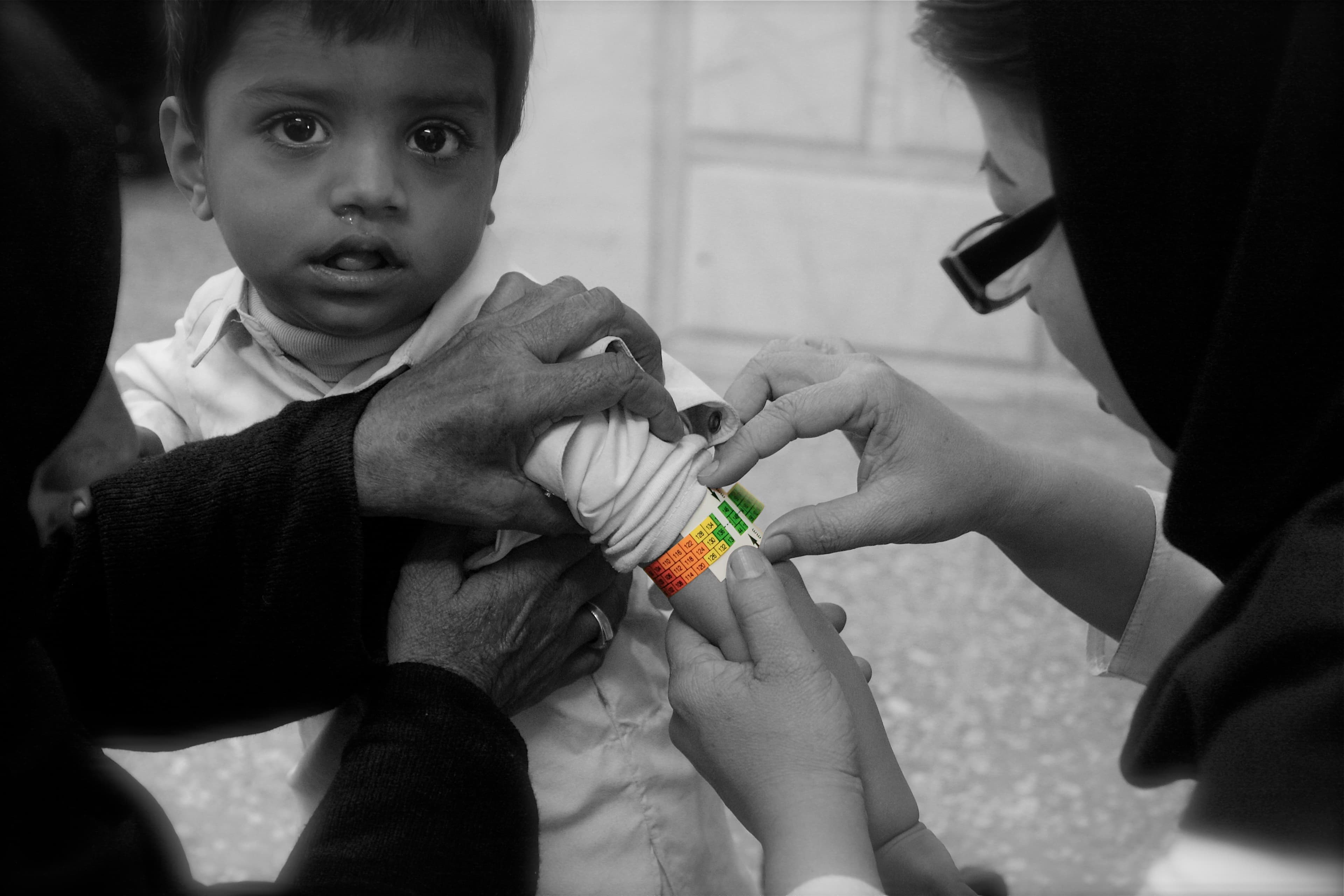
What is a Muac?
Malnutrition

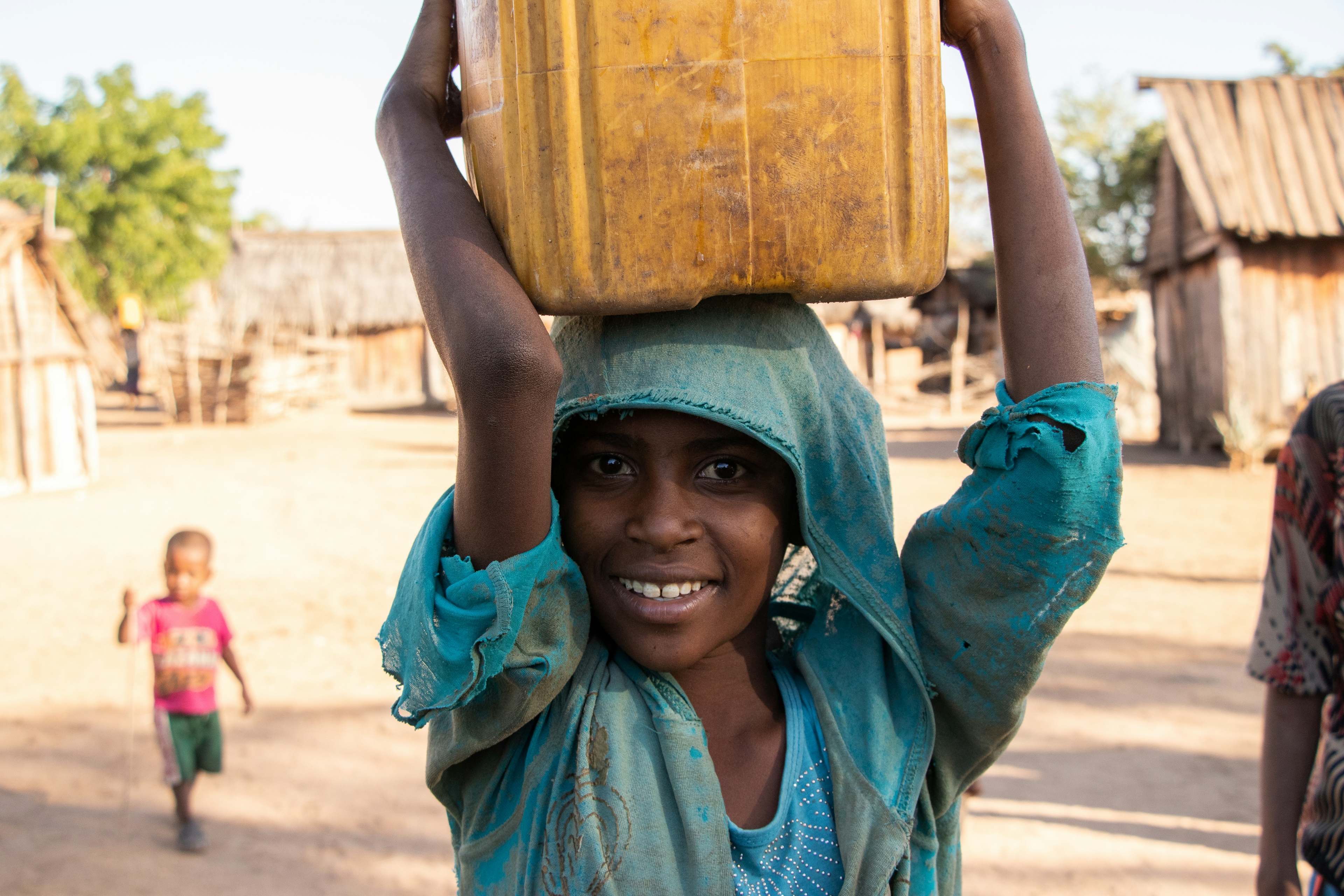
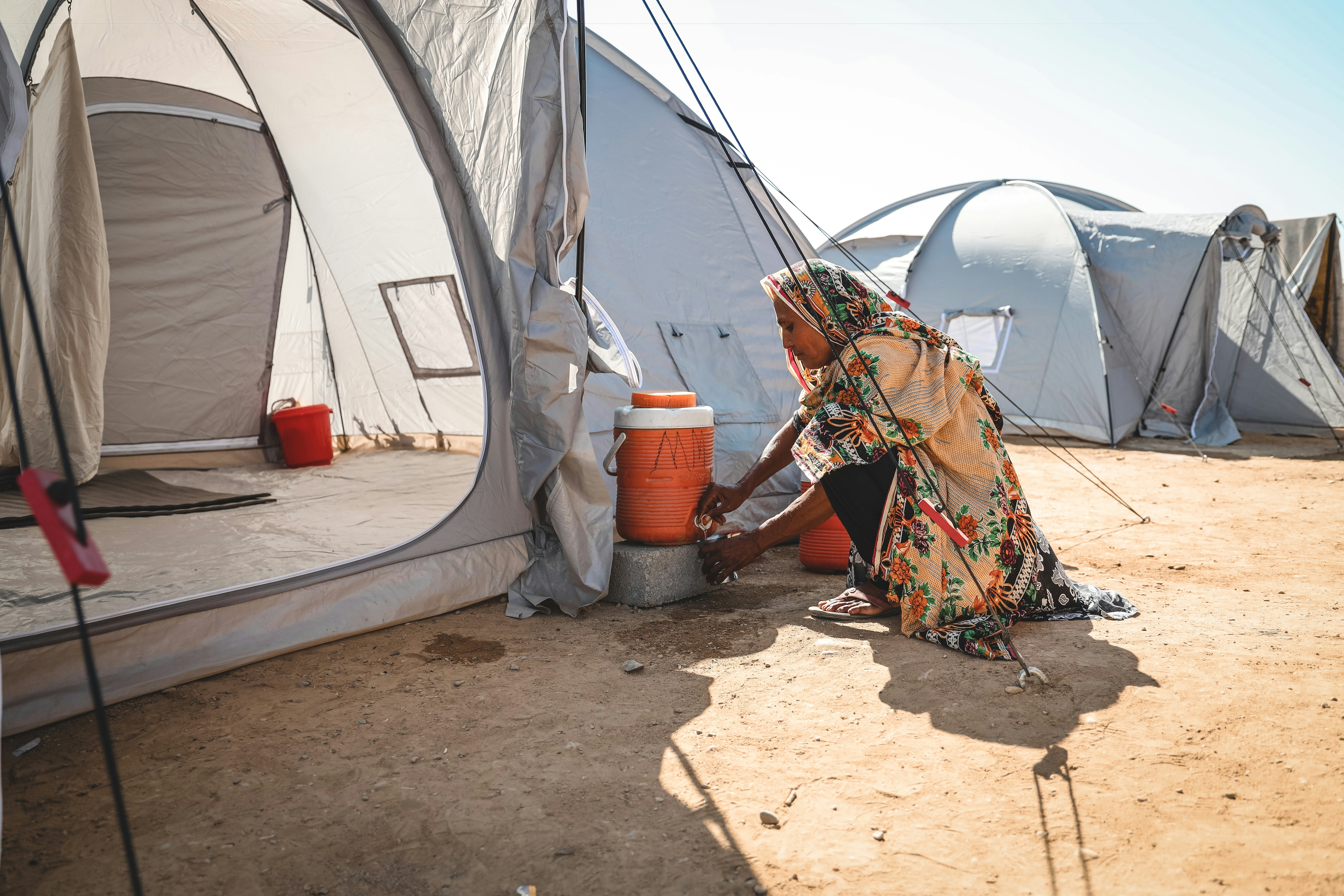
Causes & Cases
Sometimes people are unable to get enough of the food they need or their bodies can’t make use of it. This can cause very serious malnutrition. Acute malnutrition – a life threatening form of malnutrition – is a major focus for MSF in many countries around the world. There are many interconnected causes of malnutrition, including:
People no longer being able to access food because:
Lack of access to clean water and proper sanitation
Lack of access to healthcare
Disease outbreaks
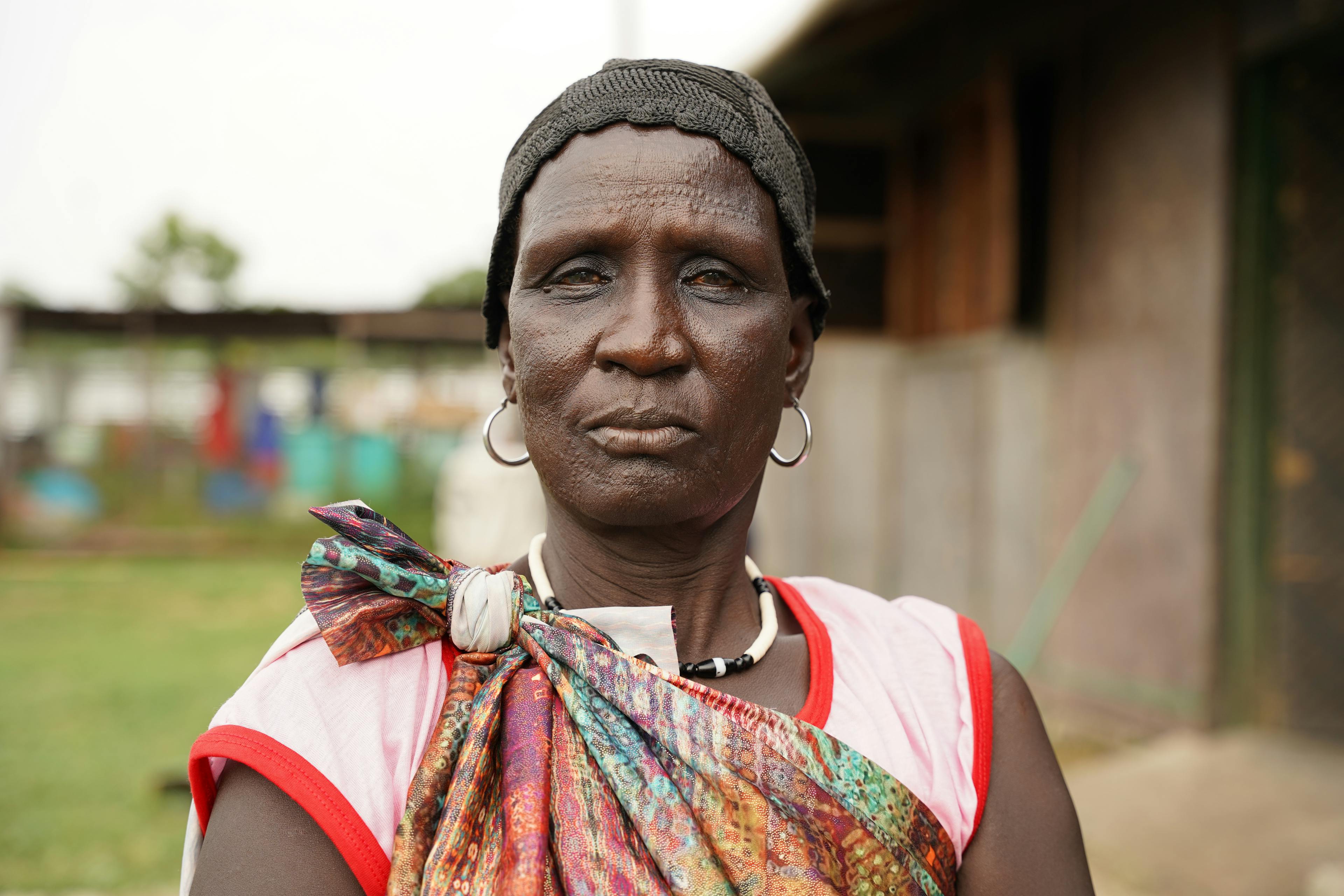
Children are particularly vulnerable to malnutrition and most of the patients MSF treats for malnutrition are children under five. Elderly, people with chronic illnesses and pregnant and breastfeeding women are also at significant risk.
Most deaths linked to malnutrition occur in low- and middle-income countries.
“Malnutrition isn't just about hunger. Once a child has become malnourished, their immune system is weakened and they can't fight off infectious diseases as they would normally. So it's not just about providing food. They need medical care and specialist expertise. They need to be stabilised, they need antibiotics, they need fluids. On top of all this, they need vitamins, specially formulated therapeutic milk or food, and vaccinations to protect them against further infection. All of this is what MSF is able to provide.”
MSF Doctor, Jenna Broome
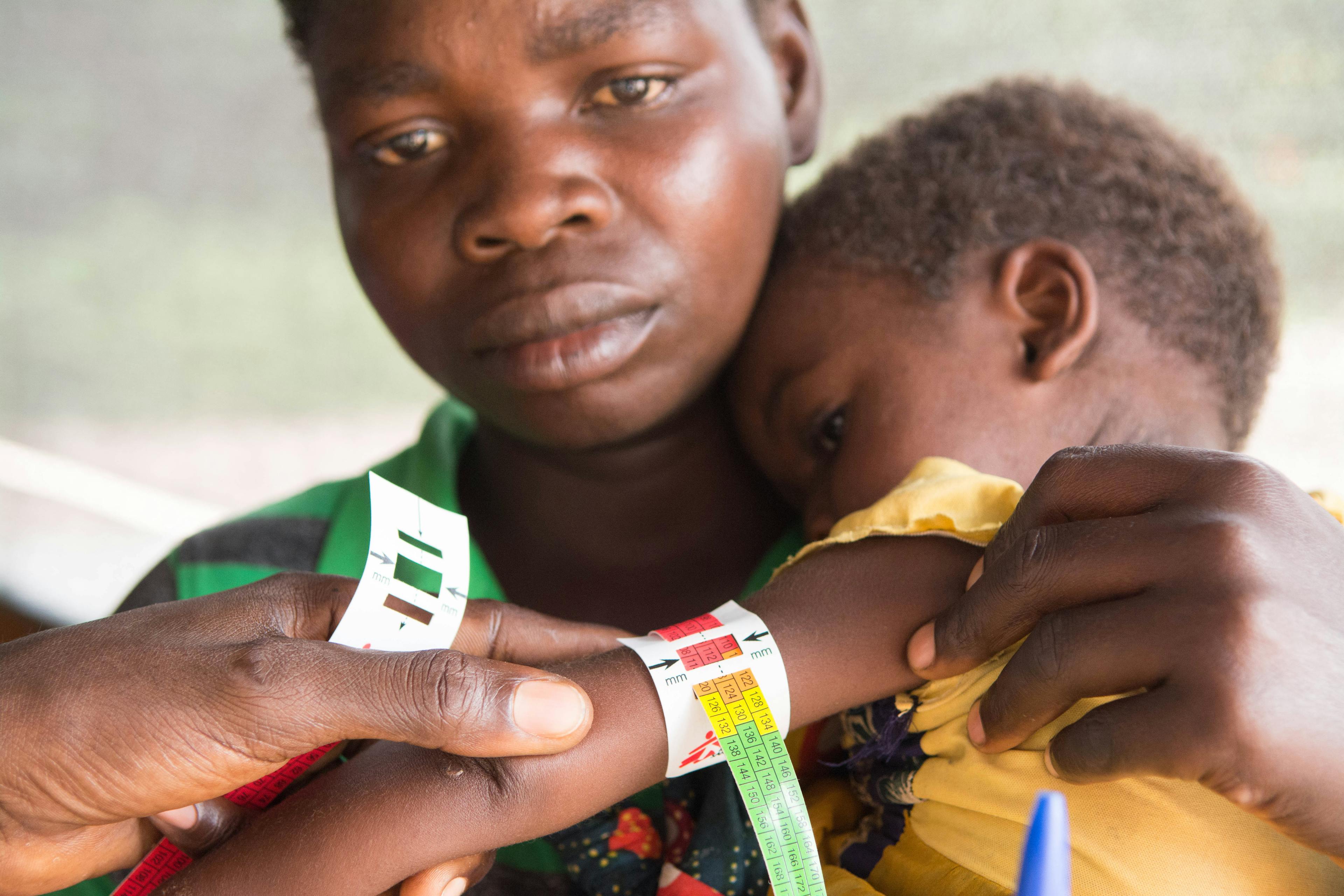
MUAC
Many of the malnourished children who come to our health facilities are already extremely ill, with severe acute malnutrition complicated by other illnesses.
Children are also screened for malnutrition during mobile clinics, in communities and when arriving at hospitals with other medical complaints. One of the main screening tools is the MUAC (mid-upper arm circumference) tape, a colour-coded paper or plastic band that is put around the upper arm to determine if the child is in the green (well-nourished), yellow (at risk) or red (malnourished) category, so that they can be started on the right treatment.
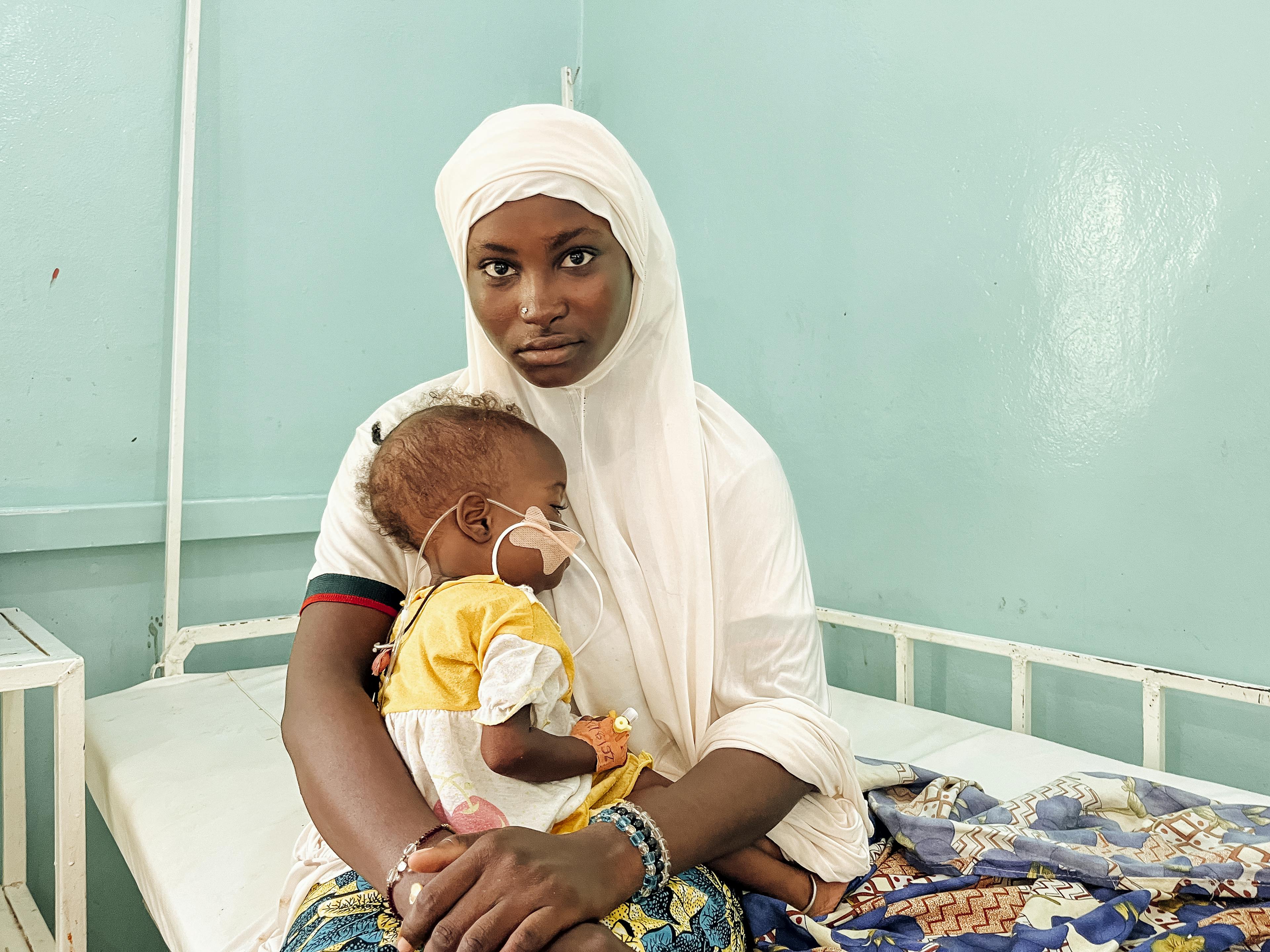
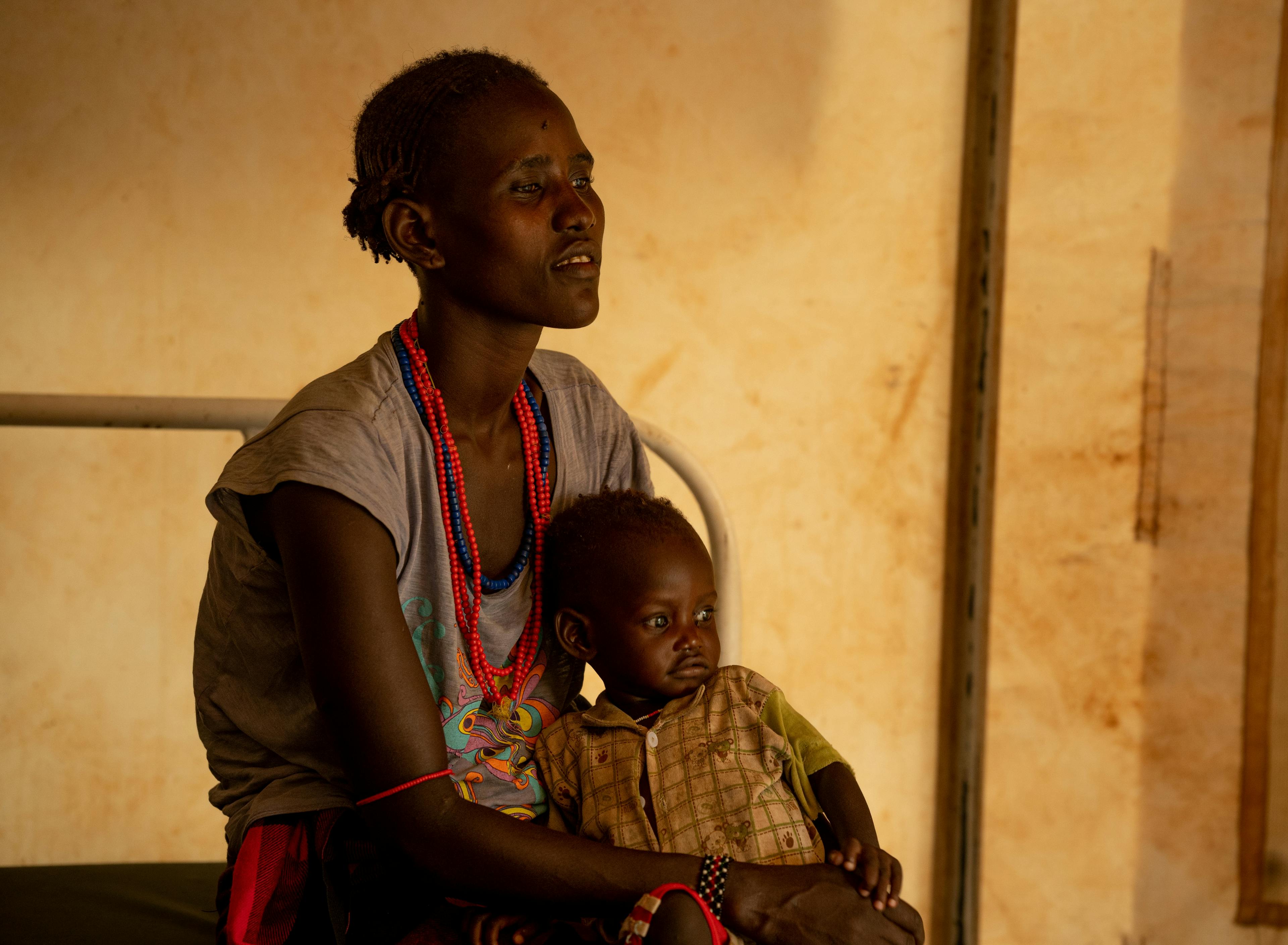
Severely malnourished children
Severe acute malnutrition can cause serious problems.
Malnutrition can also lead to a weakened immune system meaning children are more vulnerable to disease. These diseases can lead to further malnutrition, creating a vicious cycle of malnutrition and disease.
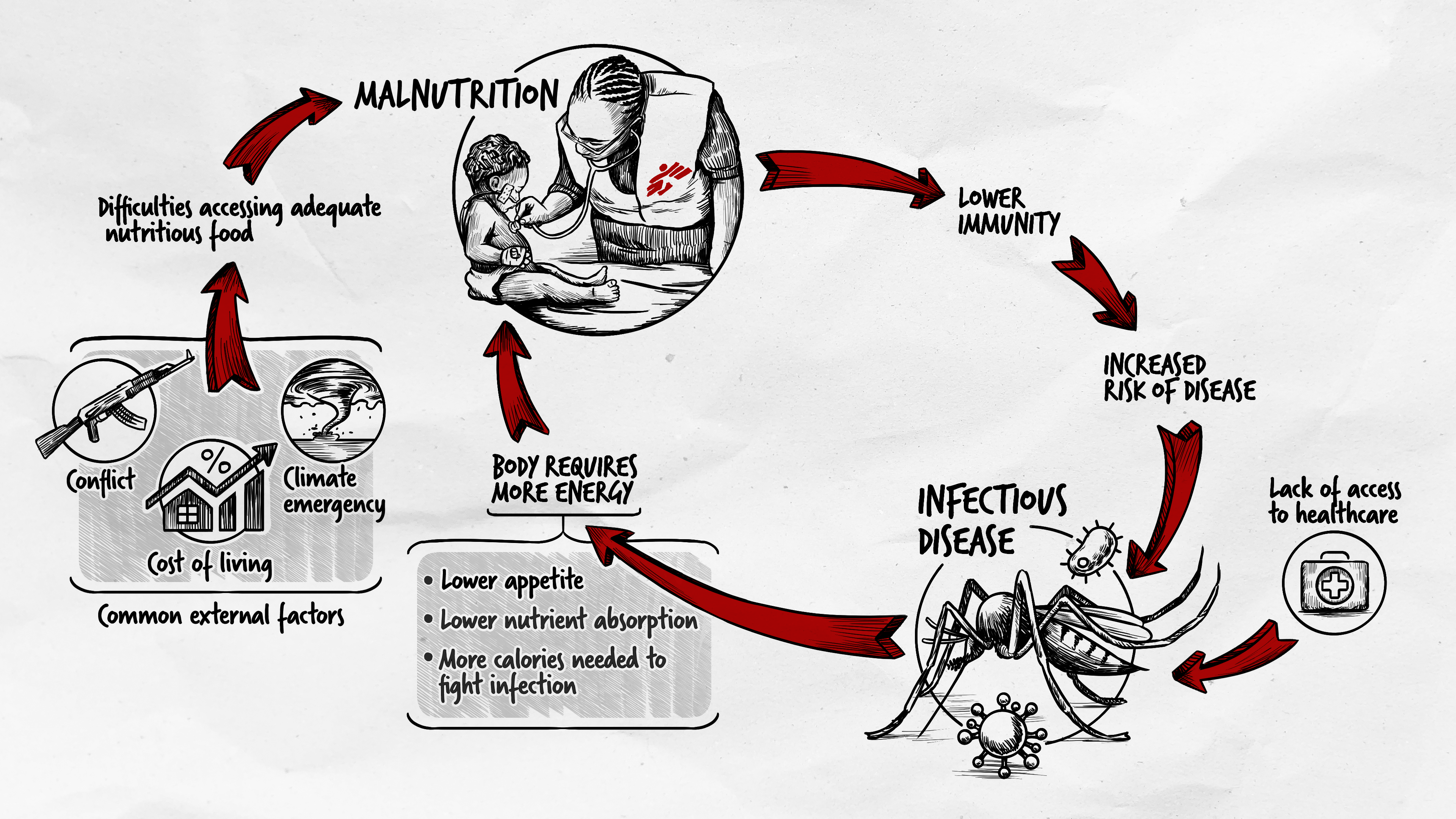
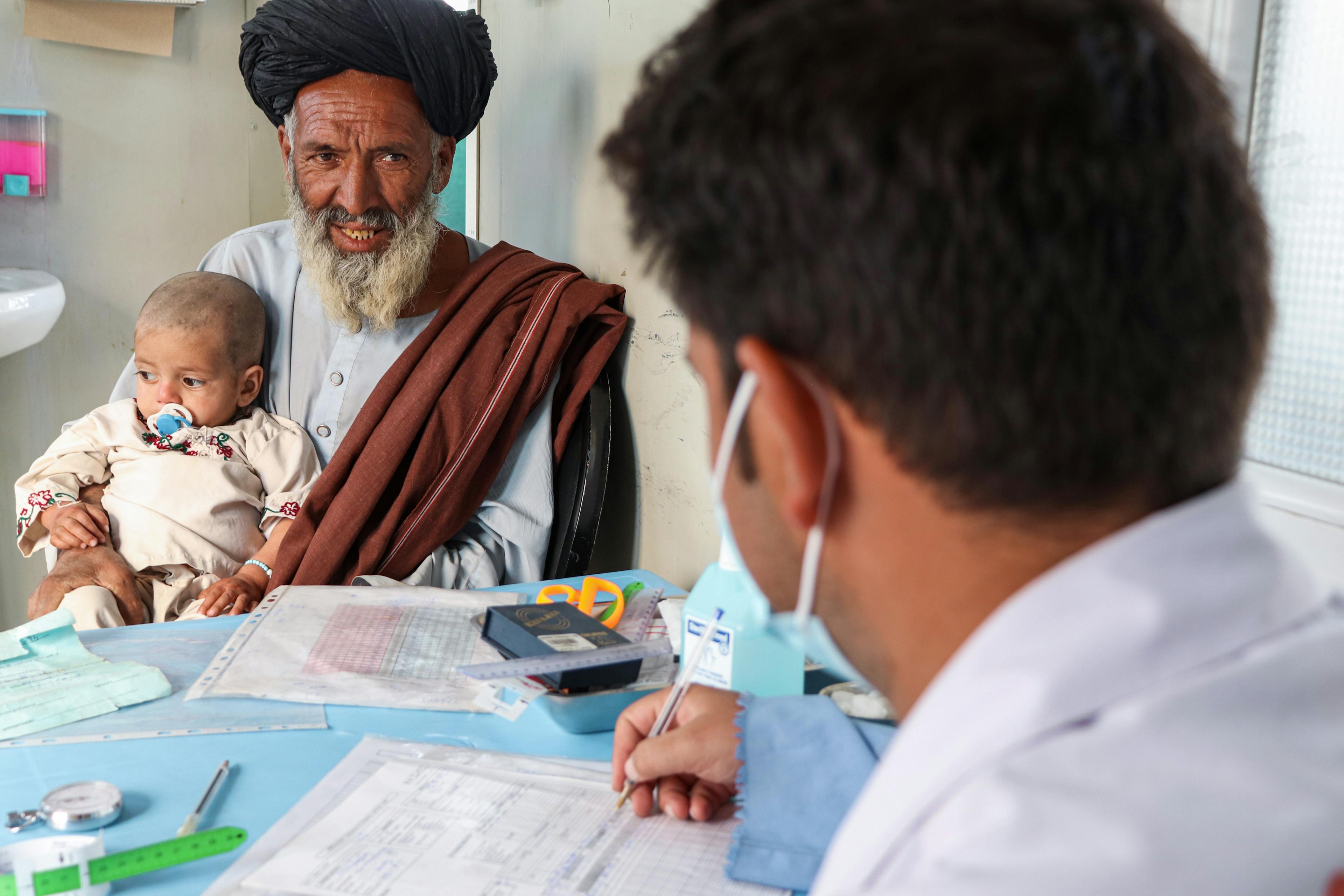
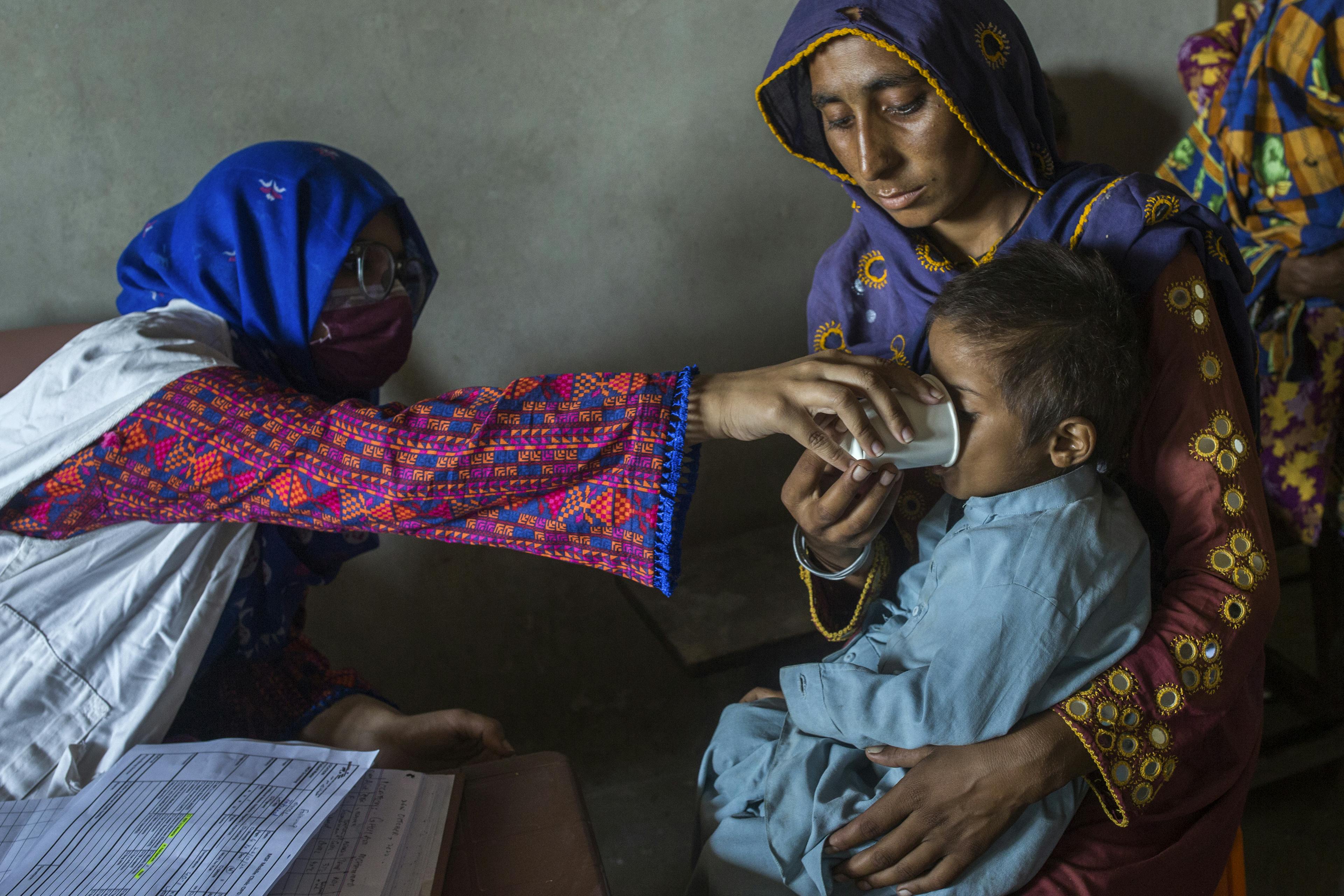


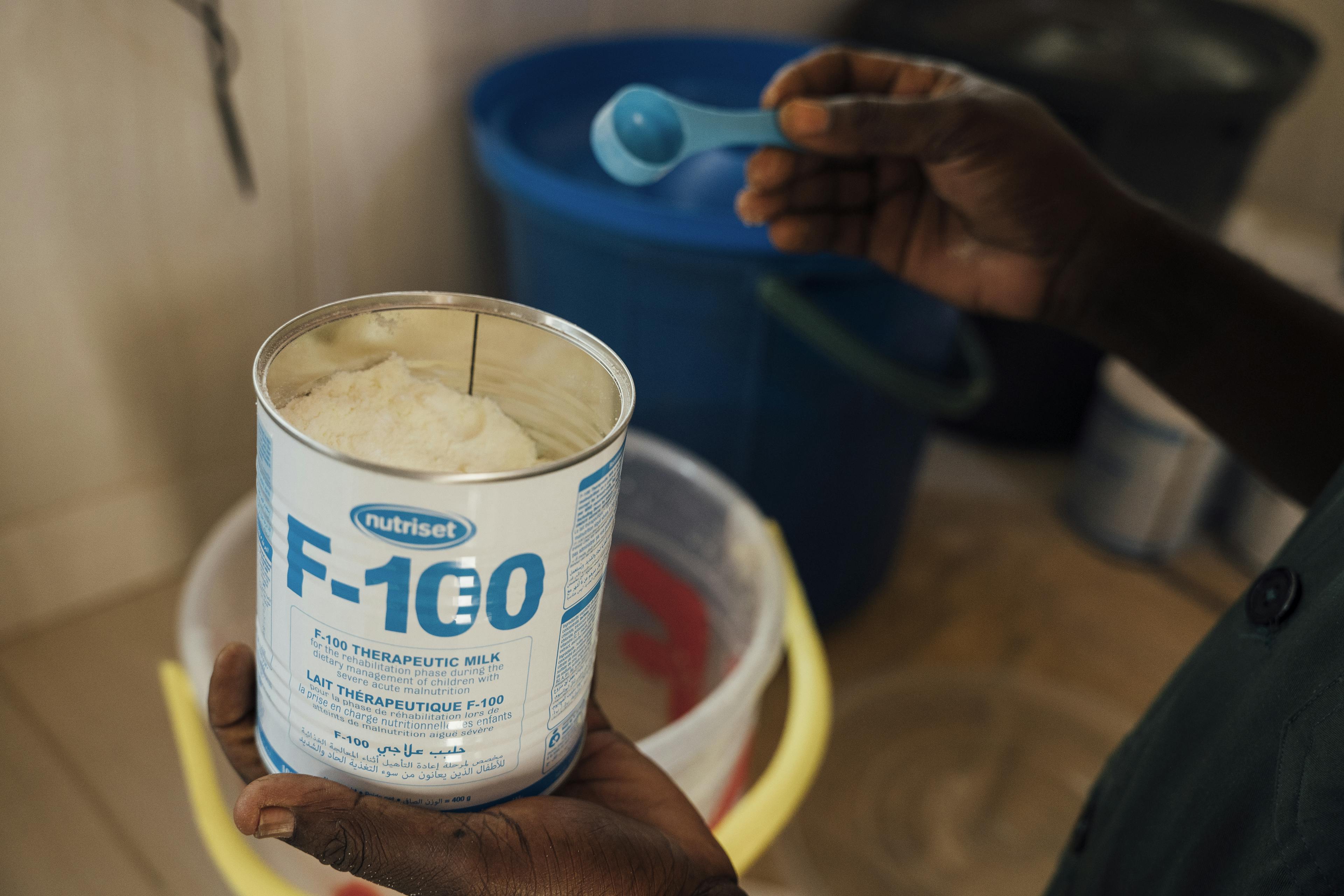
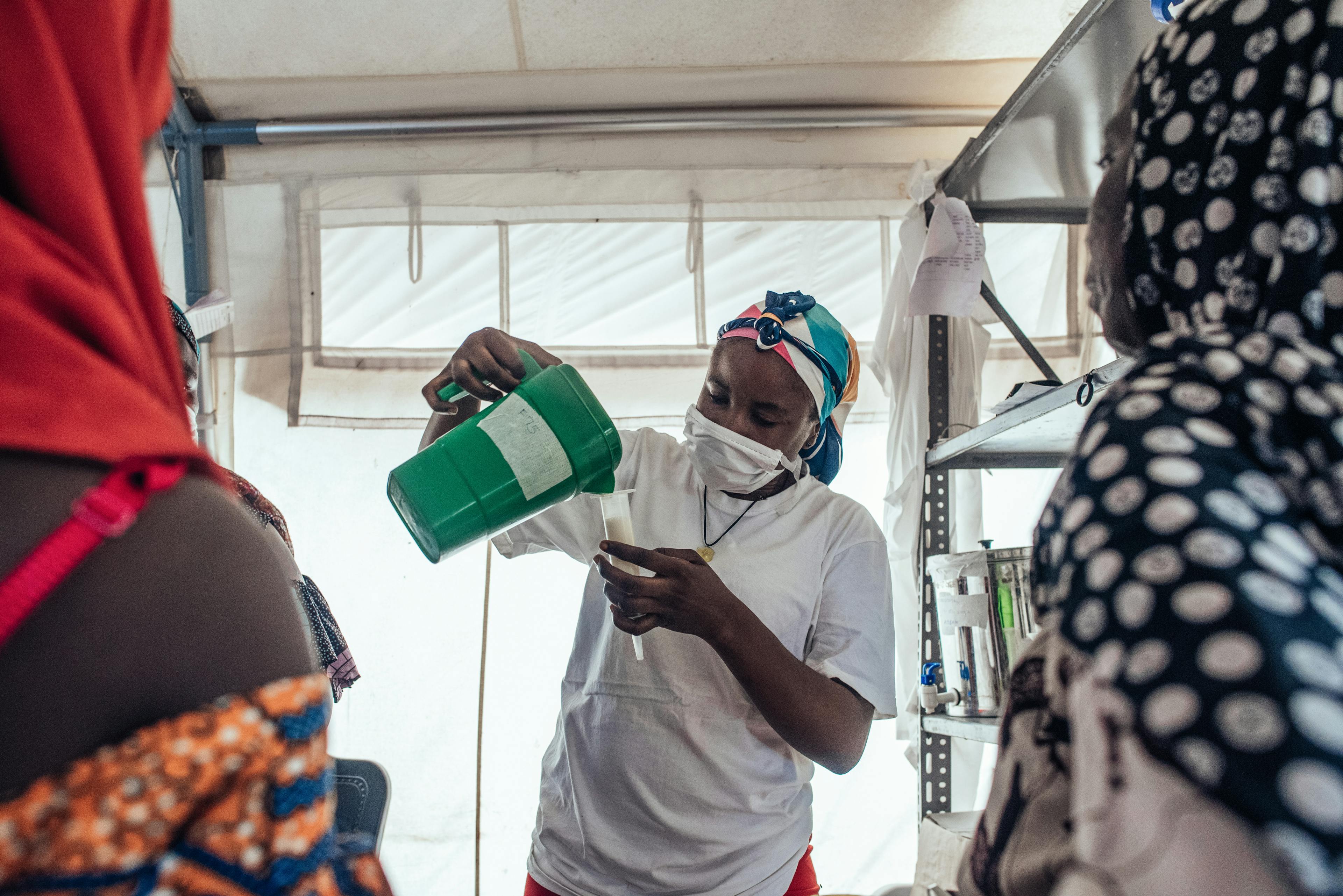
Treatment
Specially formulated foods and milks help to treat malnutrition by providing the nutrients, vitamins and essential foods that are needed.
Ready-to-use therapeutic food (RUTF) can be stored long-term without refrigeration and contains a specific balance of nutrients, allowing us to fight against malnutrition more effectively.
With RUTF, many children can be treated at home, with regular clinic visits – often through mobile clinics – to check their progress.
Some children need to be treated in a hospital, where they can be stabilised, other diseases treated.
Sick and malnourished children need more care and more time to recover than children who are well-nourished, and they are more likely to get sick again.
Many children also need antibiotics to fight infections and all should be given catch-up vaccinations to ensure that they are protected against other illnesses.
Alongside the medical care, psycho-social support is key for young patients and for their parents.
